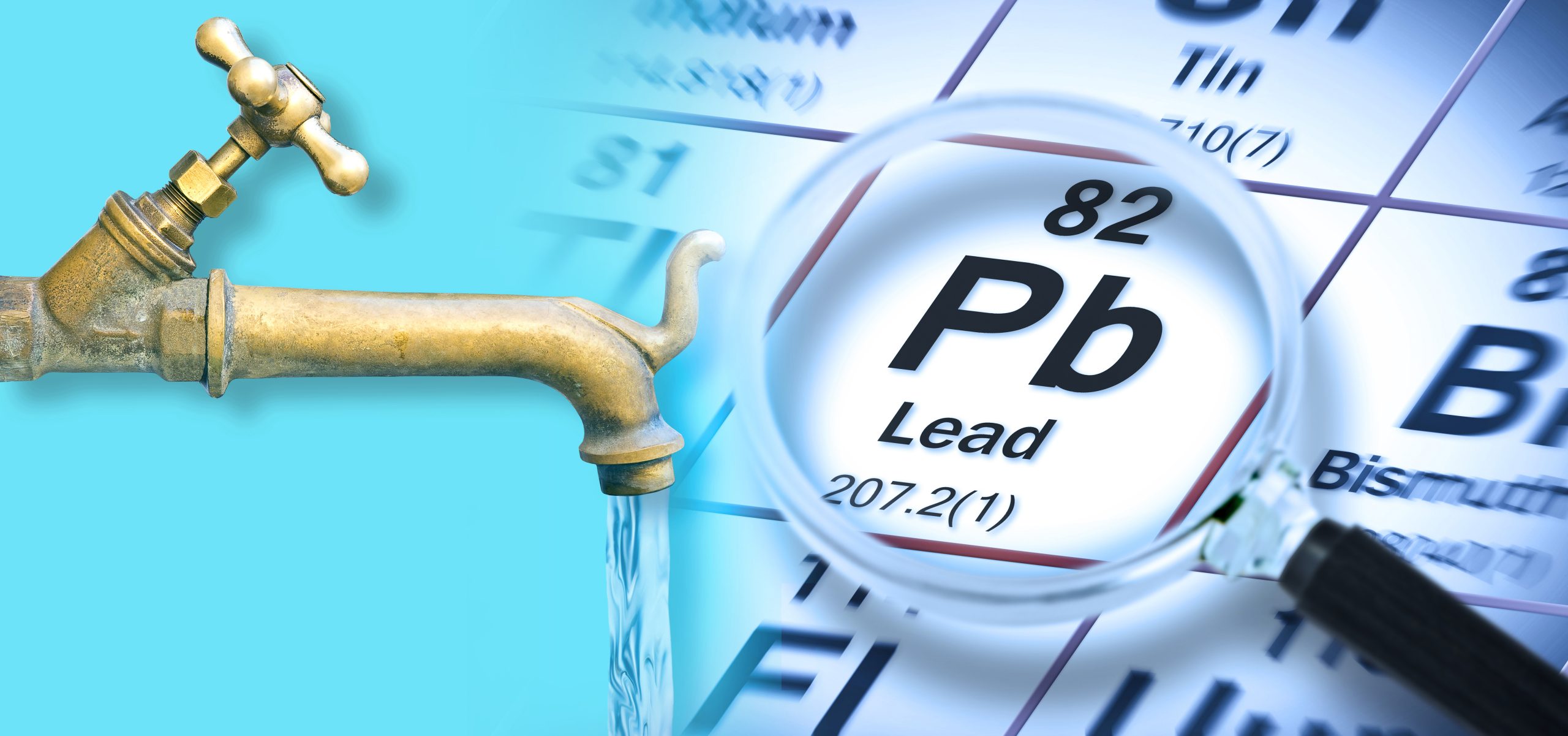As the October 16, 2024 Lead and Copper Rule Revisions (LCRR) deadline draws closer, water systems across the country are trying to figure out how to pay for lead service line replacements. The U.S. Environmental Protection Agency (USEPA) announced $3 billion in funding to help every State and U.S. territory identify and replace lead pipes. An additional 49% subsidy for disadvantaged communities can be used for principal forgiveness or grant funding within the newly announced Federal funding. The assistance will be funded by the Bipartisan Infrastructure Law (BIL) loan program and made available through USEPA’s Drinking Water State Revolving Fund (DWSRF).
A total of $9 billion for lead service line replacement is available through DWSRF. The funding assistance is projected to help replace up to 1.7 million lead pipes nationwide. USEPA says the formula used will provide financial assistance commensurate with need, meaning that States with more projected lead service lines will receive proportionally more funding. Click here to view BIL DWSRF lead service line replacement funding totals for each State and U.S. territory. Here are some of the totals:
- Colorado $32,800,000
- Minnesota $86,566,000
- Montana $28,650,000
- North Dakota $28,650,000
- South Dakota $28,650,000
- Utah $28,650,000
- Wisconsin $83,278,000
USEPA also released a memorandum in May to clarify how States can use BIL DWSRF money to reduce lead in drinking water. It includes the following highlights:
- Encourages the review and removal of any existing barriers at the State and local levels that hinder the use of water rate revenue for replacing customer-owned sections of lead service lines.
- Funding from DWSRF for lead service line replacement that comes from the $15 billion allocation by Congress is only to be utilized to complete lead service line replacements.
- Mandates all recipients of DWSRF funds with agreements signed after August 1, 2024, must complete full lead service line replacements. If full replacement cannot be achieved, the cost of partial replacements will be ineligible for DWSRF funding. USEPA encourages States to extend this policy to ongoing and future projects.
- States planning DWSRF-funded projects involving lead service line replacement in conjunction with other scheduled infrastructure projects must completely replace lead service lines. USEPA says partial replacements only qualify for DWSRF reimbursement if the project is adequately documented in accordance with proposed Lead and Copper Rule Improvements (LCRI) requirements. The memorandum stipulates that emergency funding accessed through state SRF programs would be held to similar expectations as planned DWSRF-funded projects.
If you have questions about lead service line replacement funding, please contact Abby Ritz, AE2S Nexus Funding Programs Specialist. Or contact Rachel Schultz, AE2S LCRR Project Manager, if you have questions about the LCRR or LCRI requirements.

